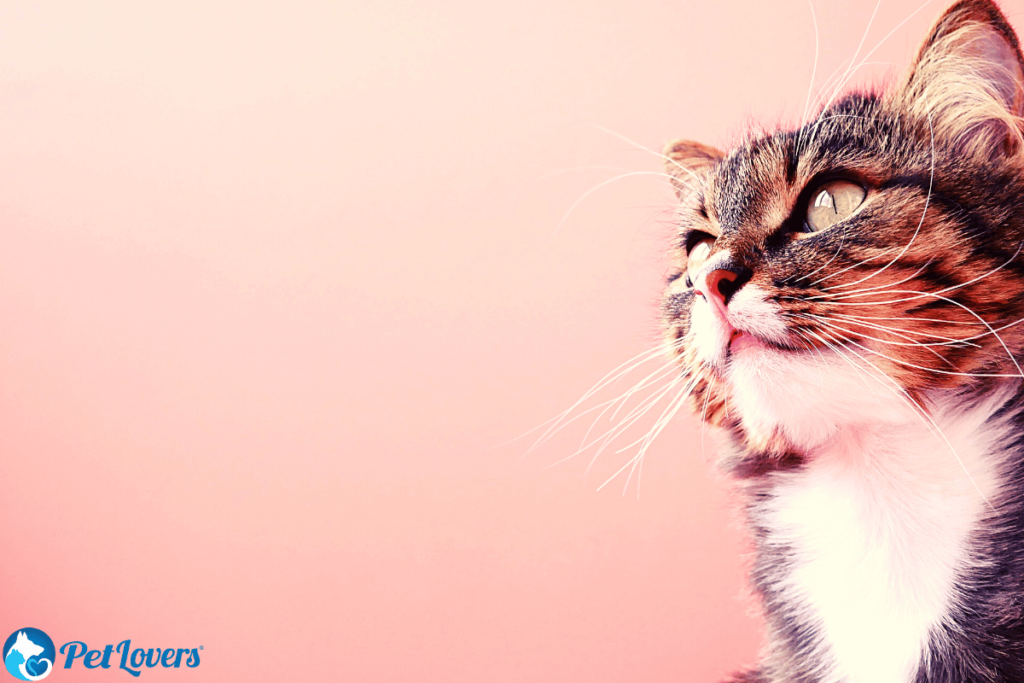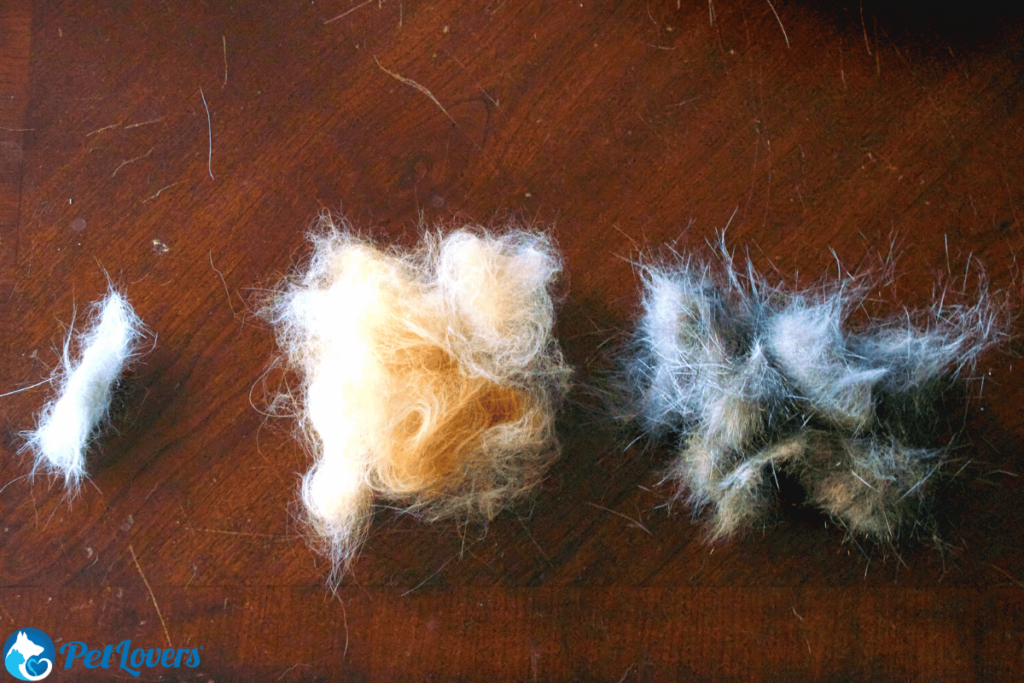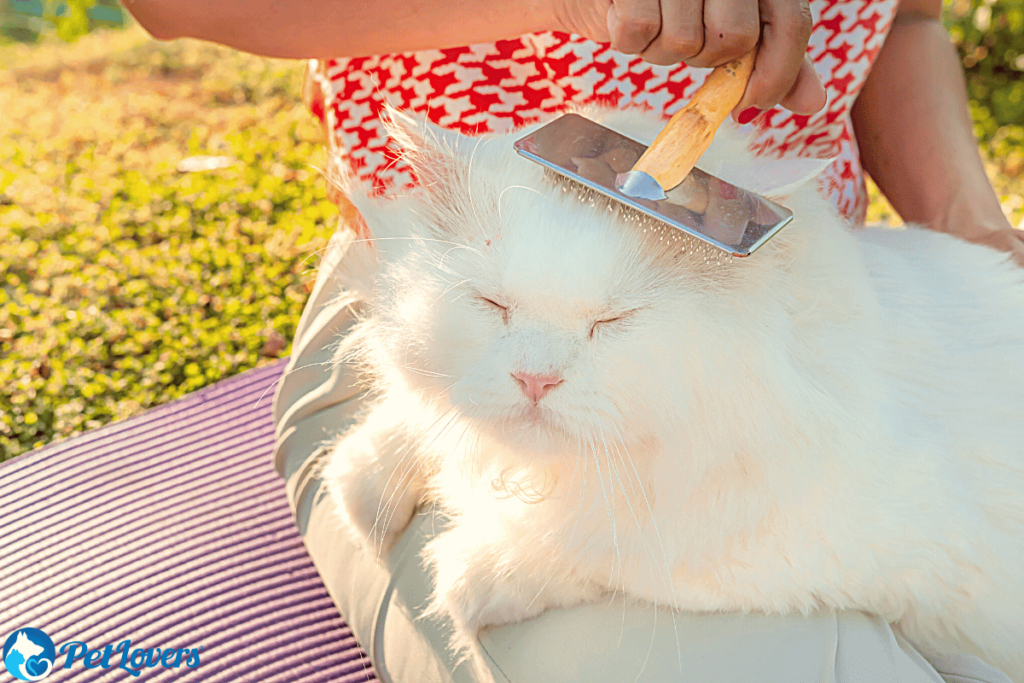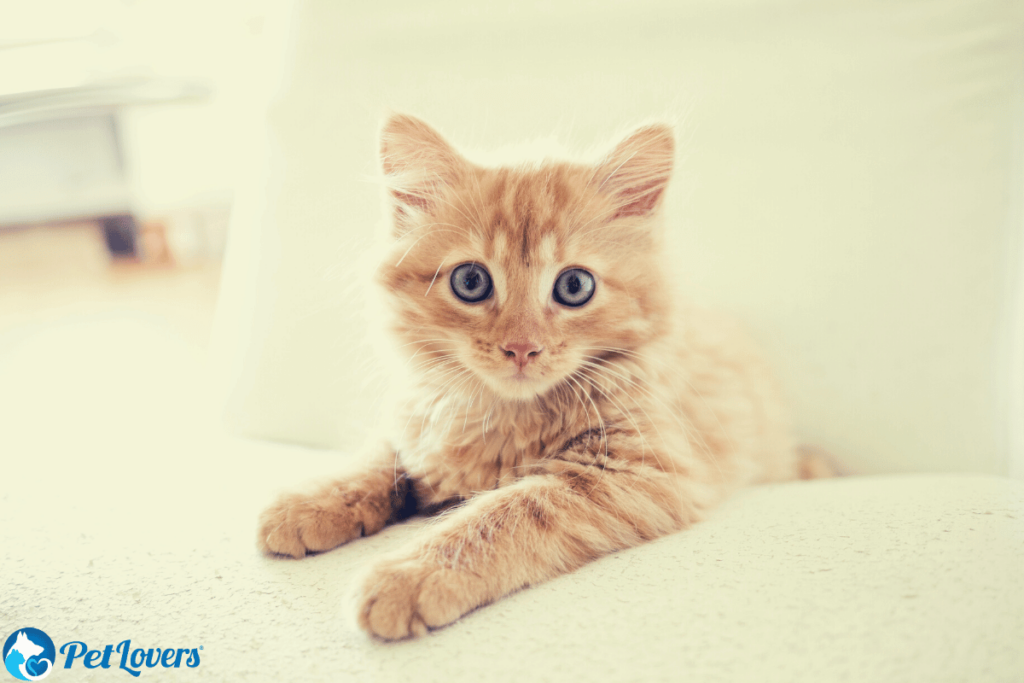Types Of Dog Brushes
Grooming your dog regularly helps minimize shedding, control where that loose hair falls, and improve the health of your dog’s

Have you begun to notice a little more cat fur around the home than you are used to? Most cat owners know their kitty well and will quickly spot signs of excessive shedding. The good news is that there is something that you can do about it to help your cat shed less and reduce the amount of cat hair you have to pick up. Here we look into how to stop a cat from shedding excessively and what you need to know about its shedding habits.
Table of Contents
All cats shed hair, even the so-called ‘hairless breeds’ such as a Sphinx Cat, which surprisingly does have some hair on its coat. This is a necessary natural process that ensures a cat’s coat is in good health.
When cats shed dead fur, this releases natural oils into the new hair, and this healthy, fresh fur protects the skin and manages body temperature. Your cat’s coat undergoes this process repeatedly throughout its life to effectively fulfill its purpose.
Owners should understand how much shedding to expect from the cat’s coat and take action when they see an increase. Cat owners can manage and reduce shedding throughout the year with a solid cleaning routine and regular grooming.

Whether you have a house or outdoor cat, you’ll likely see similar levels of loose fur around the house all year. You can expect increased shedding in many cat breeds ahead of winter and summer.
During these months, cats need more or less hair, to best protect against changing temperatures, so they will shed accordingly to prepare the coat. Other factors, such as breed and age, may see one cat shed more than another.
Breeds like American Bobtails and American Curls are considered heavy shedders. Conversely, you have Korat and Siamese cats, which are low shedders. Cats that shed because of breed type, age, or changing seasons are naturally designed to do so, and owners can do little to decrease shedding other than grooming.
Cat health is something an owner is responsible for, and numerous health problems can lead to excessive shedding. To reduce cat shedding, you must look at its lifestyle and know what potential health issues could be causing the increase.
On the serious side, illnesses like cancer, liver disease, and diabetes can cause excessive shedding. In most cases, however, excess shedding is down to anxiety, a cat’s diet, or infestations, and these are all problems that owners can resolve.
Before you look to reduce your cat’s shedding, you should know how much hair loss is too much. If you have just got your cat, identify whether it is a long-haired or short-haired breed. The shorter the cat’s hair, the more likely shedding is.
You can also research your exact breed to get a general idea of how much of your cat’s fur you can expect to see about the place. Understanding the norm with your cat’s shedding will take a few months, perhaps longer in some cases.
Most importantly, however, regular brushing of your cat’s coat is the best way to get to grips with this. As you groom, you will see how much excess fur comes off. Finally, a healthy coat is easy to spot; it is shiny, smooth, and without bald patches. A coat that doesn’t look like this could mean your cat is shedding excessively because of an underlying health issue.

Shedding can always be managed, and in many cases, you can reduce your cat’s shedding; the key is a consistent routine and promoting a healthy lifestyle for your cat. Here are the fundamentals you need to know to reduce cat shedding and the mess that it creates at home.
Grooming your cat regularly has been proven to be the most effective way to reduce shedding in cats. Grooming will remove loose fur from your cat’s coat, but this is about much more than just helping your kitty lose the dead hair. When you brush your cat and remove loose fur, you actively encourage new cat hair to grow.
Additionally, grooming helps to distribute natural oils throughout the cat hair, which it needs to maintain the quality and health of its coat. Grooming has also been proven to reduce cat stress and anxiety, another common cause of increased shedding.
Even short brushing sessions can help improve circulation, relax your kitty, and reduce cat shedding.
A cat’s diet is at the core of its general health, and owners should always understand just how crucial proper nutrition is. A poor diet can quickly lead to increased shedding because your cat is not getting the nutrients and vitamins it needs for total body health.
Shedding is a symptom that can easily be caused by a deficiency in so many parts of the body, so ensuring that your cat’s food is high quality and balanced is vital. High-quality cat food is high in protein, with moderate fat levels, and has minimal carbohydrates. In addition to this, it should contain omega fatty acids, vitamins such as A, C, D, and B complex.
A lack of essential fatty acids or vitamins rapidly leads to deficiencies that can present themselves through excessive shedding. Not every dry or wet food product contains all the nutrients your cat needs, so speak with your vet when selecting the right food for your cat.
Finally, be sure that you keep your cat hydrated. This is particularly important if they consume dry food because it has no moisture. Wet food can give your cat sufficient hydration. Even if you introduce wet food, always ensure water is available too.

Changes to a cat’s environment can result in more shedding than you’re used to. Much of this comes down to increased stress levels and change-related anxiety. When cats are stressed, their muscles tense, causing the hair follicles to release tiny, telogen hairs. Both short and long-haired cats have these little hairs.
A house move or a family member not being around are two examples that could induce stress in a cat. Reducing shedding during this time can be done with extra grooming sessions, a healthy diet, and plenty of exercise.
For most cats, extra shedding is a minor issue that pet owners can resolve easily. If you are worried that cat foods have resulted in a deficiency or they have an illness, take your kitty to the vet. This will give you peace of mind, and you will most likely be given some supplements to reduce anxiety, improve nutrition, or medication for health problems.
Grooming at home or using a professional groomer is the best way to manage cat hair around the house and give your cat a healthy coat. You can use numerous tools here, such as a grooming mitt or a comb with medium-spaced teeth. These products are ideal for both short and long-haired breeds and will clean out dead and matted hair.
One of the best tools in our minds is the slicker brush as it is kind to the cat’s skin, does a great job of removing loose hair and is comfortable for owners to use. Slicker brushes have a large rectangular surface with soft pins that help to remove loose hair without damaging the follicles or skin.
Grooming your cat regularly supports its health and helps to contain loose hair for easy cleaning. Even with a good grooming routine, you’ll still need to spot clean throughout the house each day. Here you can use pet lint rollers that use adhesive tape to grab hair from soft furnishings and clothing.
We’d also recommend using a pet hair removal tool as it has a triangular metal frame, ideal for pulling hair away from furniture and fabrics. These tools do a great job, but consistency is the key to keeping a clean home.
Knowing when to seek professional help isn’t easy, but it is always better to check with your vet if you are worried, even if there isn’t an issue. If you notice your cat shedding more than usual, it’s important to observe their behavior for a few days.
Seeing your cat excessively grooming or biting its coat could indicate a potential health issue. This could be as minor as an irritation on your cat’s skin or something more serious, so you should speak with a vet and get your cat checked out.
The key takeaways here are that shedding is perfectly natural in all cats, and As a cat owner, it’s essential to become familiar with your cat’s typical level of shedding. Owners should also focus on health and nutrition, ensuring that their feline friend eats a balanced diet, gets mental stimulation, and exercises daily. Regular brushing and grooming with the tools we’ve mentioned make your life easier and keep your house clean.
 PetLovers
PetLovers
Grooming your dog regularly helps minimize shedding, control where that loose hair falls, and improve the health of your dog’s
A slicker brush is one of the most essential tools in your dog grooming arsenal. This product can do it
Why is important to keep the dog’s bed clean? How to clean a dog bed? We have everything you need
TO GET 15% OFF ON ALL YOUR PURCHASES